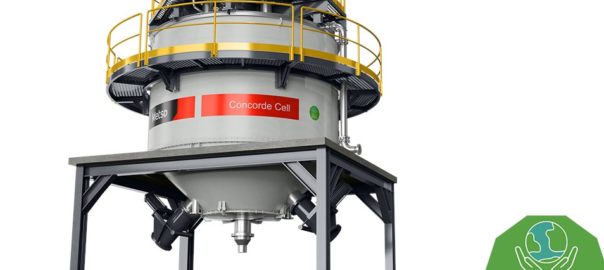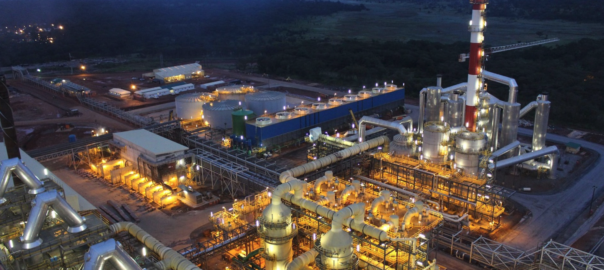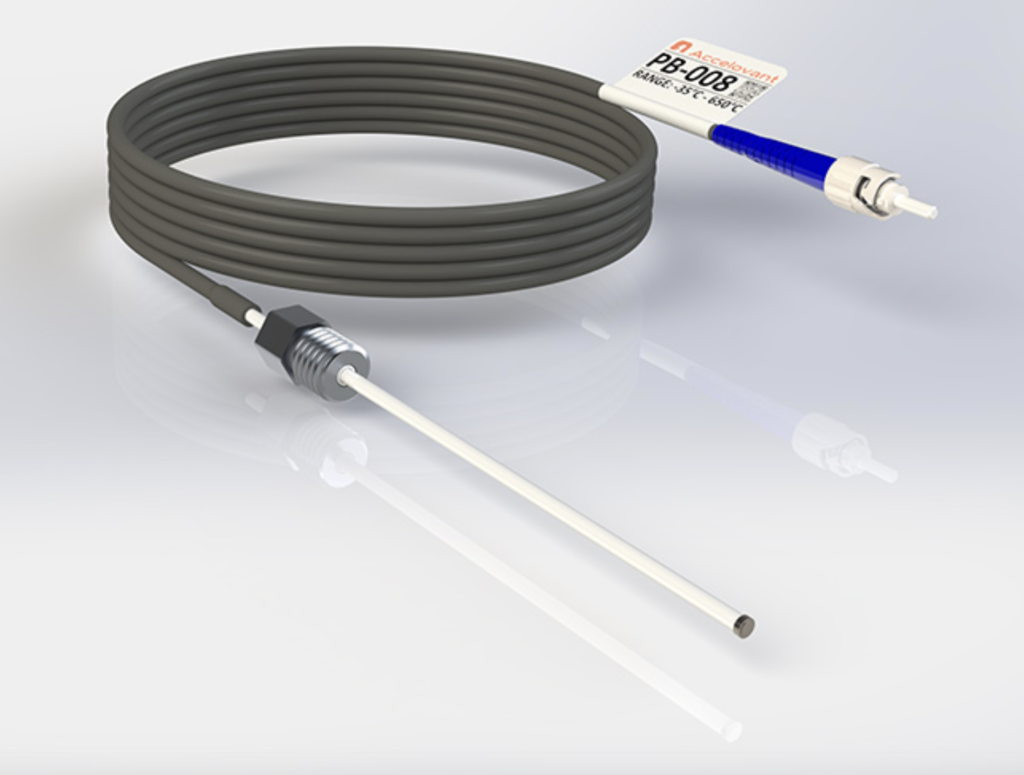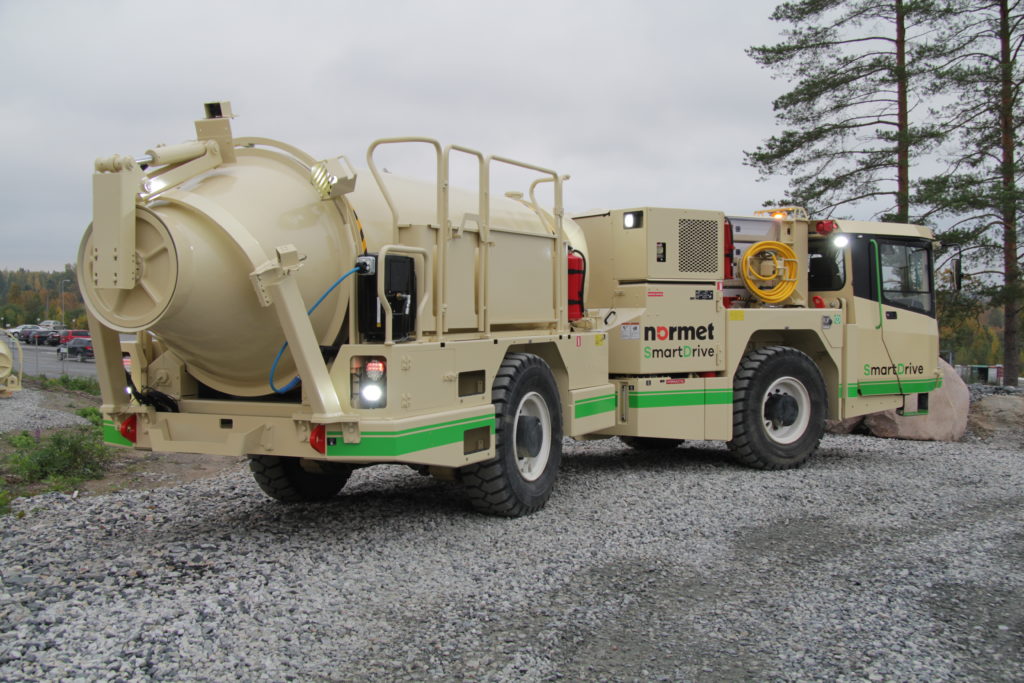Canada-based First Quantum Minerals (FQM) has placed an additional order with Metso for the delivery of minerals processing equipment to its Kansanshi copper mine S3 expansion.
Metso’s scope of delivery includes apron feeders, Nordberg® MP800™ cone crushers, TankCell® e630 and TankCell® e300 mechanical flotation cells, high-intensity Concorde Cell™ units, ColumnCell™ units, HRT thickeners and a clarifier.
Most of the separation equipment are part of Metso’s Planet Positive offering.
The First Quantum Minerals Ltd Board of Directors signed off on the S3 Expansion last year, bankrolling a project that could see Kansanshi’s life pushed out to 2044. Once the expansion is completed, copper production from Kansanshi is expected to average approximately 250,000 t/y for the remaining life of mine.
Metso says the value of the order exceeds €20 million ($21. 8 million).
Antti Rinne, Vice President, Flotation at Metso, said: “Kansanshi’s flotation flowsheet combines the well-proven, energy efficient TankCell flotation cells with the new Concorde Cell, unlocking the potential for further improved flotation performance. Concorde Cell high-intensity, forced-air pneumatic flotation cells allow operations to enhance fine and ultrafine particle selectivity.”












